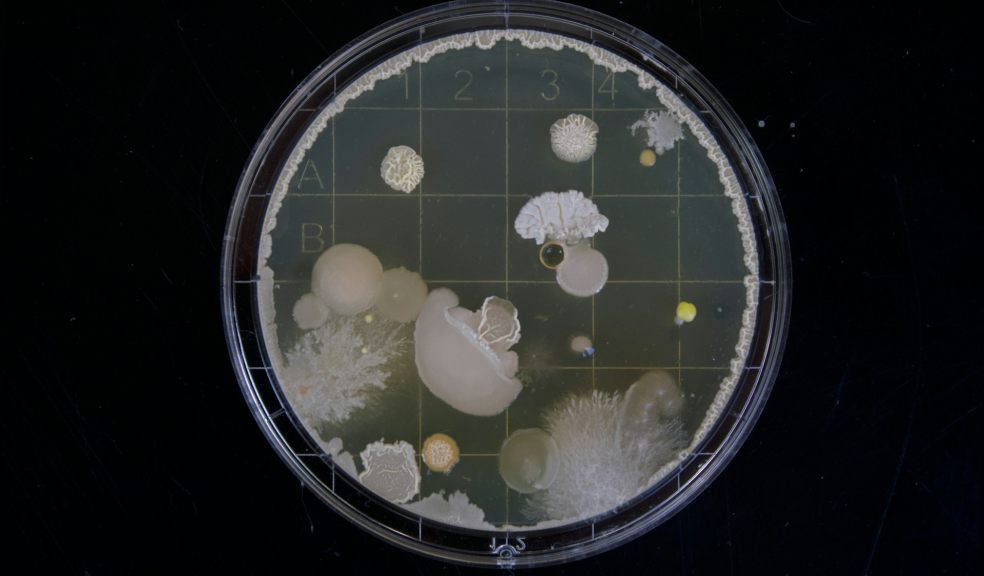
From Plasmids to Bacteria: Tailored Solutions for Your Sequencing Needs
The landscape of genetic sequencing has evolved dramatically over the past decade, transforming from a specialized laboratory technique into an essential tool across multiple research disciplines. Today's scientists face an unprecedented array of sequencing options, each designed to address specific research questions and sample types.
Whether you're working with simple plasmid constructs or complex bacterial genomes, understanding the nuances of available sequencing technologies is crucial for maximizing both the quality of your results and the efficiency of your research workflow. The key to successful sequencing lies not just in choosing the right technology, but in matching that technology to your specific experimental goals and sample characteristics.
Understanding Your Sample Requirements
Modern sequencing platforms offer distinct advantages depending on your starting material and research objectives. Traditional short-read sequencing excels at high-throughput applications where accuracy is paramount, making it ideal for SNP detection, gene expression analysis, and quality control of plasmid constructs.
However, when dealing with repetitive genomic regions or seeking to resolve complex structural variants in bacterial genomes, long-read technologies such as ONT sequencing provide superior contiguity and the ability to span difficult-to-sequence regions. The choice between these approaches often depends on whether you prioritize base-level accuracy or structural completeness.
For plasmid sequencing, short reads typically provide sufficient coverage and accuracy for verification purposes, while bacterial genome assembly projects benefit significantly from the scaffolding capabilities of long-read data. Understanding these fundamental differences allows researchers to make informed decisions about which platform will deliver the most valuable insights for their specific applications.
Optimizing Sample Preparation Workflows
The success of any sequencing project begins long before the sample reaches the sequencing instrument. Proper sample preparation is particularly critical when working with bacterial samples, where cell wall composition can significantly impact DNA extraction efficiency and quality.
Different bacterial species require tailored lysis protocols to ensure complete genomic representation without introducing bias or degradation artifacts. For plasmid preparations, maintaining supercoiled topology often provides better sequencing results, as linearized DNA can sometimes lead to uneven coverage patterns. Quality assessment metrics such as DNA integrity, concentration, and purity should be carefully evaluated using both spectrophotometric and fluorometric methods.
Modern sample preparation kits have largely automated these processes, but understanding the underlying chemistry remains important for troubleshooting and optimization. Additionally, considerations such as fragment size distribution and adapter ligation efficiency can dramatically impact downstream sequencing performance, making careful attention to these details essential for consistent results.
Leveraging Advanced Analysis Pipelines
The true value of sequencing data emerges through sophisticated bioinformatics analysis that transforms raw reads into actionable biological insights. Contemporary analysis pipelines integrate multiple quality control steps, from initial read filtering and adapter trimming to comprehensive contamination screening and coverage analysis.
For bacterial genome projects, specialized assembly algorithms can now produce chromosome-level reconstructions from both short and long-read data, while plasmid analysis tools focus on vector backbone verification and insert characterization. Machine learning approaches increasingly augment traditional sequence analysis methods, enabling more accurate gene prediction, functional annotation, and comparative genomics studies.
Cloud-based analysis platforms have democratized access to these sophisticated tools, allowing researchers without extensive computational resources to perform publication-quality analyses. The integration of standardized metadata schemas and reproducible analysis workflows ensures that sequencing projects can be easily shared, validated, and built upon by the broader research community.
Future Directions and Emerging Technologies
As sequencing technologies continue to advance, the boundaries between different platforms are becoming increasingly blurred, with hybrid approaches offering the best of multiple worlds. Emerging single-molecule sequencing methods promise to combine the accuracy of short-read platforms with the contiguity advantages of long-read technologies, potentially revolutionizing how we approach both plasmid characterization and bacterial genomics. Real-time analysis capabilities are enabling dynamic experimental design, where sequencing results can inform ongoing sample collection and processing decisions.
The integration of sequencing with other omics technologies is creating comprehensive molecular portraits that extend far beyond simple sequence determination. These developments suggest a future where sequencing becomes an even more integral part of the research process, providing not just static snapshots of genetic information but dynamic insights into biological systems as they respond to experimental perturbations.

















